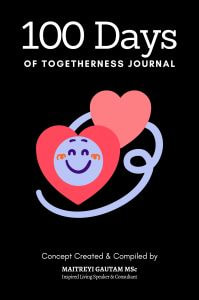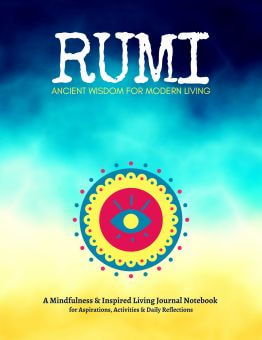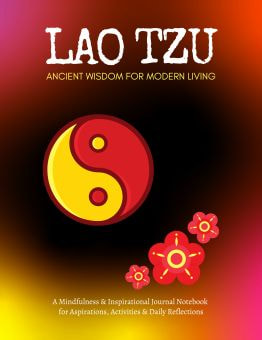| | Green beans, also known as string beans, are a favorite side dish for many. They are tasty, adaptable and nutritional. The beans have low calories and several beneficial nutrients including dietary fiber, iron, protein, iron and calcium. There are over 200mg of potassium in a single cup of raw green bean, as well as vitamin A and beta carotene. Vitamin A promotes bone growth and healthy vision. Beta carotene is associated with reducing risks of cancers. |
The beans are an excellent source of dietary fiber. The fibers help to reduce the colons mucus membrane exposure to toxins and also act as protection. The fiber attaches to chemicals found in the colon that contribute to cancer. Consuming proper amounts of fiber also decreases blood cholesterol levels. This works by reducing reabsorption of bile acids in the colon.
Folates and B-12 are also found in fresh green beans. It is one of the major components of cell division and DNA synthesis. A healthy folate diet that is taken during periods of preconception and throughout the pregnancy will help stop neural-tube deficiencies from occurring in the offspring.
| The body’s metabolism benefits from the minerals found in green beans. Potassium is a vital cell and body fluid component. It aids in controlling blood pressure and heart rate. Manganese is a powerful fighter against free radicals. Green beans even contain the omega-3 fatty acid. Despite its small servings of omega-3, it is still beneficial, especially when low calories are considered. Green beans also contain beneficial amounts of mineral silicon. | |
Fresh, raw green beans are best if they are long and stiff. When the bean is broken, it should be slightly flexible and produce a snapping sound. Avoid purchasing beans that have tough skin or are limp.
Green beans should be cleaned in cold water. The ends need to be trimmed and the strings need to be removed before use. It is best to eat them lightly sautéed or roasted in order to preserve their health benefits.


















